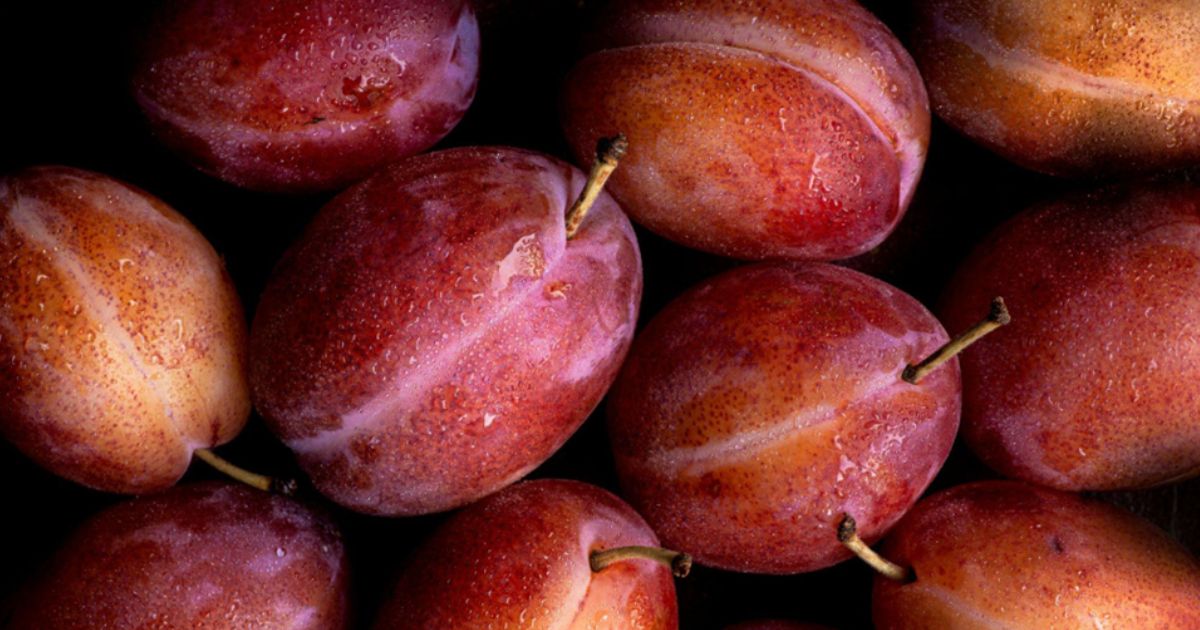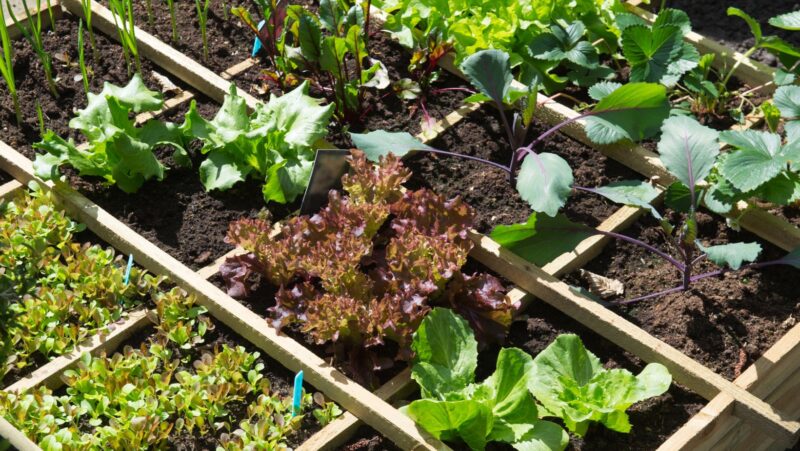
Plums are more than just sweet, juicy fruits—they’re a testament to nature’s artistry and the hard work that goes into bringing them from the garden to our tables. Every bite holds a story of cultivation, care, and the perfect balance of flavor and nutrition. Whether you’re savoring them fresh, dried as prunes, or baked into your favorite dessert, plums have a way of adding a touch of magic to any dish and provide a lot of healthy benefits.
As I explored the journey of plums, I discovered how their vibrant colors and rich taste come from meticulous farming practices and the right growing conditions. From their origins in ancient orchards to their role in modern culinary creations, plums have a fascinating history that’s worth celebrating.
Understanding Plums: A Delicious Staple
Plums hold a special place as both a nutritious snack and a versatile ingredient. Their unique combination of sweetness and tartness makes them ideal for fresh eating, baking, and preserving. The diverse varieties provide a range of flavors, from vibrant yellow plums to deep purple ones, each delivering distinct culinary experiences.
Plum trees, crucial to the fruit’s journey, thrive in temperate climates. These trees are hardy, often producing fruit in just three to five years. Their blossoms not only signal the arrival of spring but also attract pollinators that contribute to orchard biodiversity. Proper care, including pruning and nutrient management, ensures a bountiful harvest.
Rich in vitamins C and K, plums also provide dietary fiber and antioxidants. These nutrients support immunity, digestion, and overall health. People often use dried plums or prunes for their digestive benefits, highlighting the fruit’s versatility beyond its fresh form.
Cultivating Plums: From Seed to Tree
Plum trees, known for their vibrant fruit and ornamental appeal, require care and attention to produce robust plums. Understanding the journey from seed to tree ensures an abundant harvest.
Ideal Growing Conditions
Plum trees thrive in temperate climates with well-draining soil and full sun exposure. The ideal soil pH ranges from 6.0 to 6.8, ensuring sufficient nutrient absorption. Gentle slopes, minimizing the risk of waterlogging, create the perfect setting.
Consistent moisture supports healthy growth, but overwatering weakens roots. A balance of rainfall and supplemental irrigation during dry periods is key. Protecting trees from frost during flowering periods enhances fruit development. Mulching, applied around the base, conserves moisture and regulates soil temperature.
Harvesting Plums at Peak Ripeness
Plums mature over 3-6 months, depending on the variety and climate. Mature fruits should transition from firm to slightly soft when pressed with fingertips. Their skin develops a rich color, specific to the cultivar, like purple or golden yellow.
I use proper tools, like pruning shears, to prevent damaging branches. Timing harvests in early mornings, when plums are coolest, maintains freshness. Ripe plums offer a balanced sugar-to-acid ratio, perfect for consumption or storage.
The Versatility of Plums in Cooking
Photo by Olimpia Davies
Plums bring depth and richness to many dishes, enhancing both sweet and savory recipes. Their balance of sweetness and acidity allows them to shine across cuisines.
Sweet Recipes: Desserts and Jams
Plums elevate classic desserts like tarts, cobblers, and cakes with their natural sweetness. Fresh slices of plum caramelize beautifully in baked dishes, whether for a rustic tart or a warm plum cobbler. Plums also reduce into flavorful sauces and fillings, ideal for pies and pastries.
For preserves, I use ripe plums to create spreads like jams and chutneys, where the fruit’s acidity complements the sugar for a tangy-sweet balance. When paired with spices like cinnamon or clove, plum jams offer a depth of flavor perfect for morning toast or dessert toppings.
Savory Dishes Featuring Plums
In savory cooking, plums act as a bold counterpoint to rich flavors. I often use them in sauces for roasted meats like pork or duck, where their tartness cuts through the fat. Plum-based glazes, combined with soy sauce or vinegar, are popular in Asian-inspired dishes.
For salads, fresh plum slices add a juicy tartness that balances creamy cheeses or nutty components.

Dried plums contribute depth to stews and braises, infusing dishes with sweetness and complexity. Their versatility transforms everyday recipes into dynamic meals.
Nutritional Benefits of Plums
Plums provide numerous health benefits, combining essential nutrients with natural compounds that support overall well-being. Their nutritional profile highlights their value in a balanced diet.
Vitamins and Antioxidants
Plums are rich in vitamins, particularly vitamin C, which promotes immune function and aids in collagen production. They also offer vitamin K, which is essential for bone health and blood clot regulation. Antioxidants, such as polyphenols and beta-carotene, protect cells from oxidative stress, reducing the risk of chronic diseases. Purple and red-skinned varieties possess higher antioxidant levels due to their vibrant pigmentation. Including these nutrient-dense fruits can support both daily health needs and long-term wellness.
Promoting Digestive Health
Plums are high in dietary fiber, beneficial for maintaining digestive regularity. They contain soluble and insoluble fiber, helping to support gut health and prevent constipation. Sorbitol, a naturally occurring sugar alcohol found in plums, acts as a mild laxative. Dried plums, or prunes, are particularly effective for digestion due to their concentrated fiber and sorbitol content. Consuming fresh plums or their dried form can aid in maintaining a balanced digestive system.
Preserving Plums for Year-Round Enjoyment
Preserving plums captures their flavor and extends their culinary value. Techniques like canning, freezing, and using them in beverages ensure a taste of summer all year.
Canning and Freezing Tips
Canning keeps plums shelf-stable while preserving their rich flavors. I start by selecting ripe, unblemished plums, washing them thoroughly, and cutting them into halves or slices. Packing them in sterilized jars with a light sugar syrup or natural juice enhances their flavor and shelf life. Processing jars in a water-bath canner for the recommended time ensures safety.
Freezing plums is simpler and perfect for retaining their color and texture. I cut them into halves, remove pits, and arrange them on a baking sheet to freeze individually before transferring them to airtight containers. Plums thrive in the freezer for up to 12 months, making them ready for smoothies or desserts.
Making Plum-Based Beverages
Plum-based drinks bring out their sweet-tart flavors. I blend ripe plums with water and sweetener to create a refreshing juice or use them as a base for summer lemonades. Fermented options like plum wine or mead require additional time but offer complex flavors worth the effort.
Plum trees indirectly contribute to these beverages by offering multiple varieties like Japanese and European plums. Each variety influences the final drink, adding layers of depth and unique aromas to your creations.













